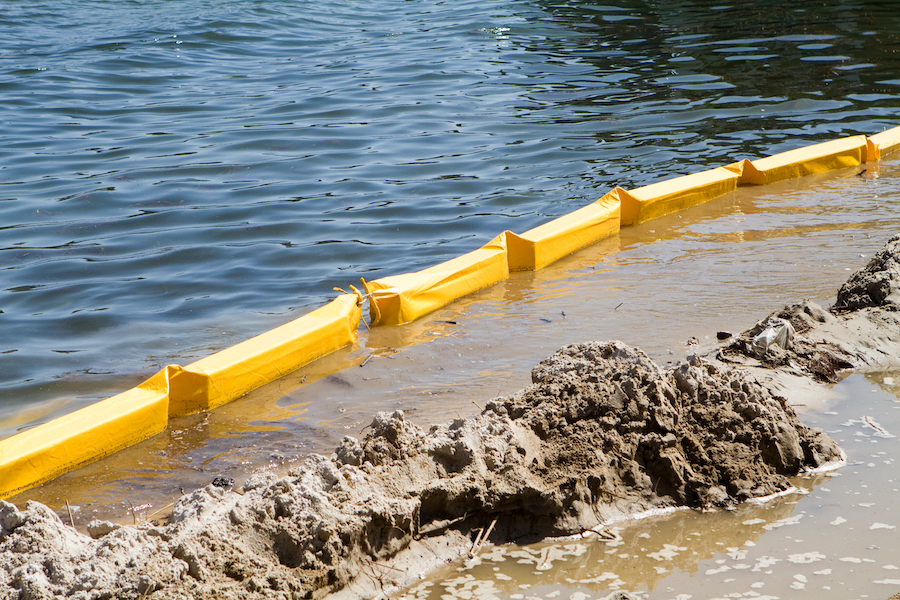Little Known Questions About Shore Protect Team.
Table of ContentsShore Protect Team Things To Know Before You BuyThe Best Strategy To Use For Shore Protect TeamWhat Does Shore Protect Team Mean?What Does Shore Protect Team Do?The 6-Second Trick For Shore Protect TeamMore About Shore Protect TeamSee This Report about Shore Protect Team
Reduction in building worth: As the area tourist is affected by disintegration, so then is the economic situation. Purchasers are much less most likely to search for a coastline residence that might be damaged anytime by the approaching flooding and disintegration emergency. Subsequently, property value can go down immensely and affect the whole region.Whether a beach is just little and congested or needs to shut completely for the security of the community and close-by buildings, this greatly influences tourism. Consequently, regional economic climates are influenced (http://advertisingceo.com/directory/listingdisplay.aspx?lid=72201). Danger of injury: The raised risk of flooding and architectural failures causes an enhanced risk of injury to neighboring tourists and area members

Coastline stabilization is straight relevant to their task. Waterfront hotels: Since shoreline disintegration influences tourist, it affects the success of waterfront resorts.
10 Easy Facts About Shore Protect Team Described
This ultimately leads to closures and deserted beachfront homes. Coastal business companies: No travelers indicates no company. For those companies catering to residents, their residential or commercial property is at threat of damages from disintegration and flooding. Coastal state parks: State parks that exist along coasts are at danger of damages. Not only to the manufactured structures and buildings on website, yet also to the all-natural ecological communities that exist within.
Tough stabilization makes use of synthetic structures as protection to regulate erosion. The majority of types of difficult stablizing like seawalls and sheet metal are not excellent for shoreline stablizing.
The Only Guide for Shore Protect Team
There's likewise not enough proof of their effectiveness depending on the type of shoreline and regional conditions. Difficult stablizing strategies tend to be harder to install and don't match the natural visual, standing out like a sore thumb and damaging regional communities in numerous scenarios. Coastline nourishment is the process of adding lost sand and sediment back to beaches after erosion has taken place.
TrapBags help in the procedure of coastline nourishment by securing all-natural ecosystems and enabling plants to expand. They're: Environmentally friendly: You can make use of native soil both to surround and to fill up the TrapBags.

Shore Protect Team - Questions
They can additionally be set up without any kind of hefty equipment. Economical: TrapBags are optimal for both tiny and large locations of shoreline.
Combined with a high building cost, this has led to increasing use other soft engineering coastal management alternatives such as coastline replenishment. Seawalls are created from different products, most commonly reinforced concrete, boulders, steel, or gabions. Other possible building products include plastic, wood, light weight aluminum, fiberglass composite, and naturally degradable sandbags constructed from hemp and coir. The appropriate seawall style depends on location-specific facets, including bordering erosion procedures. There are three main kinds of seawalls: vertical, bent, stepped, and piles (see table listed below).
Natural barriers, such as coral reefs and mangrove woodlands, stop the spread of tsunamis and the circulation of seaside waters and alleviated the flood and surge of water. A cost-benefit strategy is an effective means to determine whether a seawall is proper and whether the benefits are worth the cost.
The Ultimate Guide To Shore Protect Team
A seawall is a static feature which can contravene the vibrant nature of the coast and impede the exchange of debris in between land and sea. The table below sums up some positive and adverse impacts of seawalls which can be used when contrasting their efficiency with other coastal monitoring choices, such as coastline nutrients. [] Benefits and disadvantages of seawalls according to Short (1999) Advantages Drawbacks Long term service in contrast to soft coastline sustenance.

This can cause coastlines to dissipate, rendering them useless for beach goers. Typically, seawalls can be a successful means to regulate seaside erosion, yet only if they are built well and out of products that can withstand the force of ongoing wave power.
Little Known Facts About Shore Protect Team.
The suitable seawall layout counts on location-specific elements, including bordering disintegration procedures. There are three major kinds of seawalls: upright, rounded, stepped, and piles (see table listed below). A record published by the United Nations Environment Program (UNEP) recommends that the tsunami of 26 December 2004 triggered less damage in the areas where natural barriers existed, such as mangroves, coral reefs or seaside plant life.
All-natural barriers, such as reef and mangrove forests, stop the spread of tidal waves and the circulation of seaside waters and alleviated the flooding and surge of water. A cost-benefit technique is an effective method to identify whether a seawall is suitable and whether the benefits deserve the cost.
Everything about Shore Protect Team
A seawall is a static attribute which can contrast with the vibrant nature of the coast and restrain the exchange of sediment between land and sea. Benefits and disadvantages of seawalls according to Short (1999) Benefits Negative aspects Long term solution in contrast to soft beach nutrition.

This can cause beaches to dissipate, providing them useless for coastline goers. Usually, seawalls can be an effective means to control seaside disintegration, however only if they are created well and out of products that can hold up against the pressure of continuous wave energy. Some understanding is needed of the coastal processes and morphodynamics details to the seawall area.